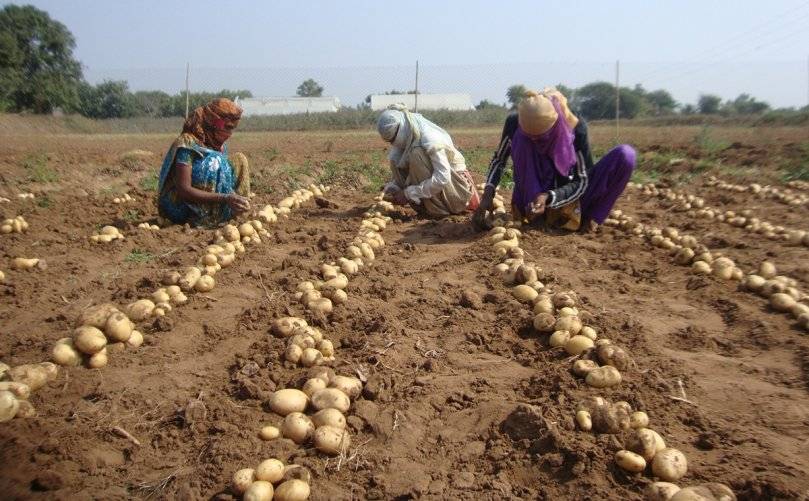
Sundargarh Deputy Director of Horticulture Basudev Sahu said farmers are not interested to incur extra costs in gunny bags, transportation and cold storage rent with the hope of getting good prices later. Last year, some farmers had stored surplus stocks in cold storages but failed to get good prices. Potato farmers prefer to sell their crops instantly at whatever prices they get, he added.
Sahu admitted that getting a good price in uncertain market conditions remains a challenge for potato farmers adding that in the upcoming rabi season, starting from October, the fresh impetus would be given to potato farming.
Sources in the Horticulture Department said there has been no reliable data about potato cultivation in the district. As per eye estimation of the Agriculture Department, the coverage of potato farming is assumed to be 2,000 hectares (ha). But the actual potato coverage area must be very less and proper assessment is required. With an average production of 150 quintals per ha, the total crop yield should be a whopping 3,00,000 quintals in the district. But the local markets continue to procure bulk potato stocks from West Bengal and Uttar Pradesh.

With encouragement from the State Government, Sundargarh farmers had responded with bumper crop in 2015. But potato price had then crashed with huge availability throughout the State. Yet, the real blow came when Government-appointed National Agriculture Cooperative Marketing Federation (NAFED) abruptly backed out from procuring potato at minimum support price (MSP) of `600 per quintal. By 2017, the district, with private participation, had added combined cold storage capacity strength of 15,000 tonnes, but there are not enough potato stocks to store.
Notwithstanding good crop potential and cold storage facilities, farmers in the rain-fed Sundargarh district are shying away from potato cultivation. Blame it on uncertain market dynamics and price volatility, farmers are not interested in growing tuber as they are apprehensive of getting good returns. Similarly, the bitter experience of 2015 continues to haunt the potato farmers of the district.

An attempt to grow potato during monsoon-driven Kharif season had also failed when cyclone Hudhud caused massive damage to standing crops in 2014. The district has vast tracts of sandy loamy soil and suitable climatic condition for potato farming.















